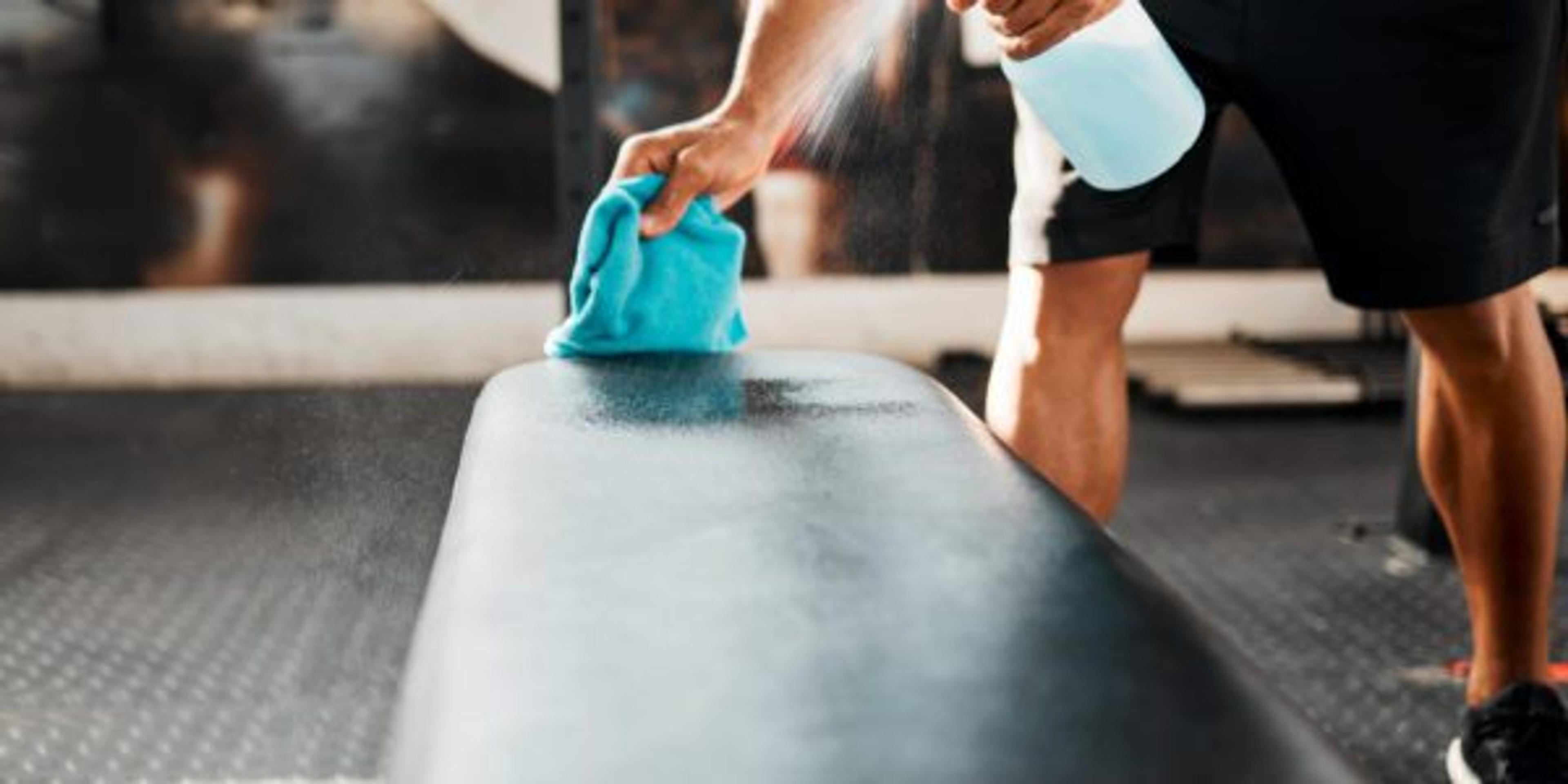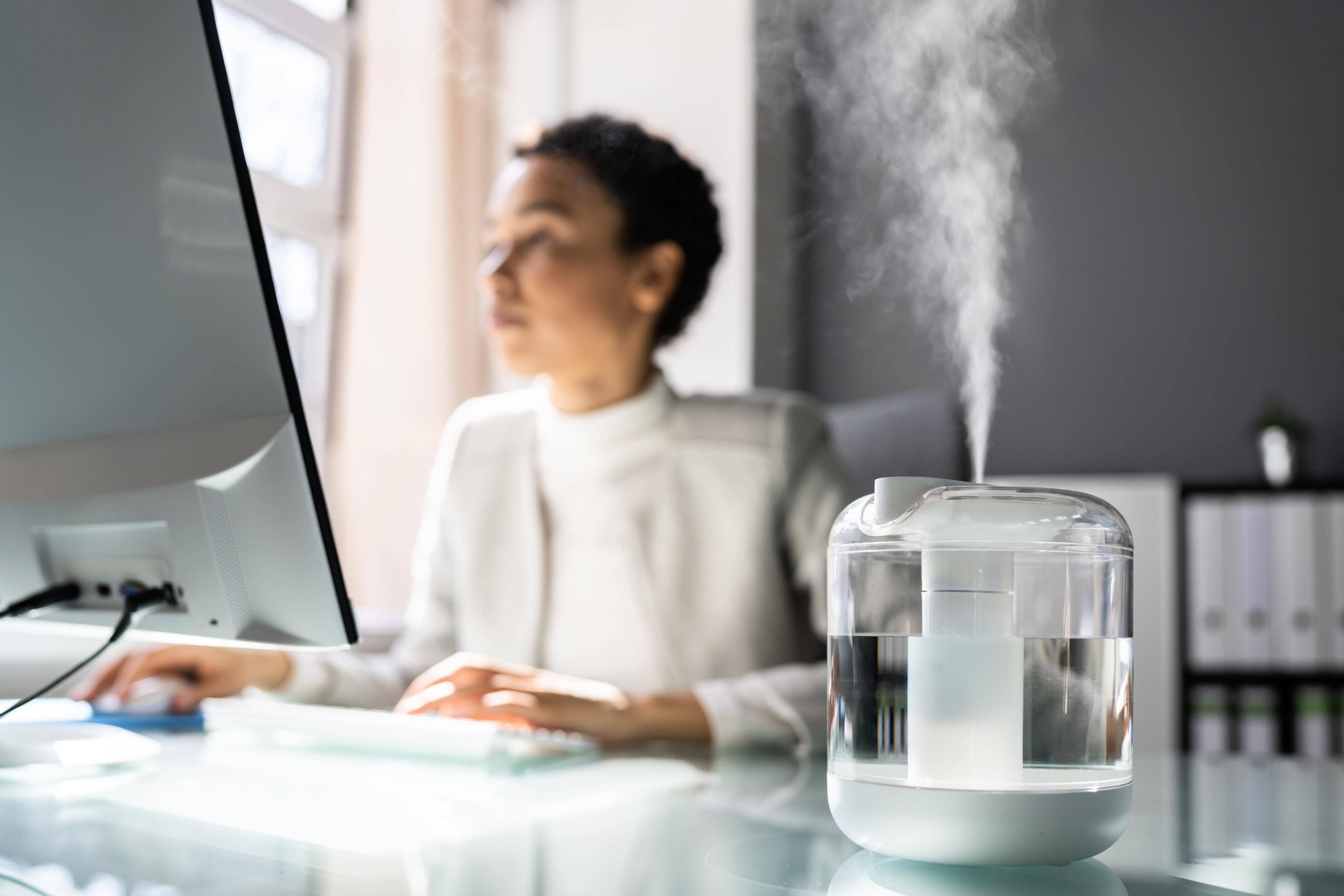Are You Doing These Things to Prevent Skin Infections at the Gym?
Jake Newby
| 3 min read

The last thing any of us want to worry about while trying to get in shape is coming home from the gym with a skin infection.
But public gyms can be breeding grounds for germs. Bacteria can live on the shared equipment, communal bathroom surfaces and in the overall warm, moist environment of gyms. Avoid infection by following simple precautions.
What skin infections can be caught at the gym?
Here are some common skin infections to be aware of:
Ringworm: Ringworm can affect skin on almost any part of the body, according to the Centers for Disease Control and Prevention (CDC), as well as fingernails and toenails. The symptoms of ringworm can include itchy skin, ring-shaped rashes, red, scaly and cracked skin, and hair loss.
Athlete’s foot: This is a common fungal disease that typically entails swollen, red, peeling, and itchy skin on the feet, between the toes. In severe cases, the skin on the feet can blister.
Folliculitis: When hair follicles become inflamed, folliculitis can occur. Folliculitis bumps may look like acne or ingrown hairs. They can cause itchiness and soreness. If the infection spreads, they can turn into crusty sores.
Plantar warts: These occur when a virus known as verrucae attacks the bottom of your feet and causes warts. Humid environments like locker rooms and hot tubs can foster plantar warts, which can make it painful to walk.
Staph infections/MRSA: Staphylococcus aureus (staph) is a germ found on people’s skin. Staph can cause serious infections if it gets into the blood and can lead to sepsis or death, per the CDC. MRSA stands for methicillin-resistant Staphylococcus aureus, a type of bacteria that is resistant to several antibiotics. If left untreated, MRSA infections can become severe and cause sepsis—the body’s extreme response to an infection.
How can I prevent skin infections at the gym?
Clean and disinfect fitness equipment: Some gym equipment can harbor germs that come in direct contact with our skin. Gyms should have bottles of cleaning solution and rags, or paper towel intended to clean machines before and after every use. The American Academy of Dermatology Association suggests that whenever possible, bring your own equipment from home rather than using the gym’s. Yoga mats, resistance bands and weight-lifting belts are all applicable here.
Cover open wounds: Bacteria can enter through open cuts and lead to infection. Protect open wounds with bandages and athletic wraps and tape, and avoid gym swimming pools, hot tubs, steam rooms and saunas until these wounds are healed.
Never walk barefoot in gym locker rooms or showers: If you shower at the gym, always bring a pair of shower shoes or flip flops and keep your gym shoes on at all times while exercising.
Shower soon after workouts: Bacteria or germs can cling to your body after a gym visit, so it’s good practice to shower within an hour or less of working out. Always put on clean clothes afterwards.
Wear loose and breathable clothing: Loose-fitting clothing can help keep your skin dry and free of germs. Always wash your workout clothes, towels, and swimsuits after each use at the gym.
Keep reading:
Photo credit: Getty Images





